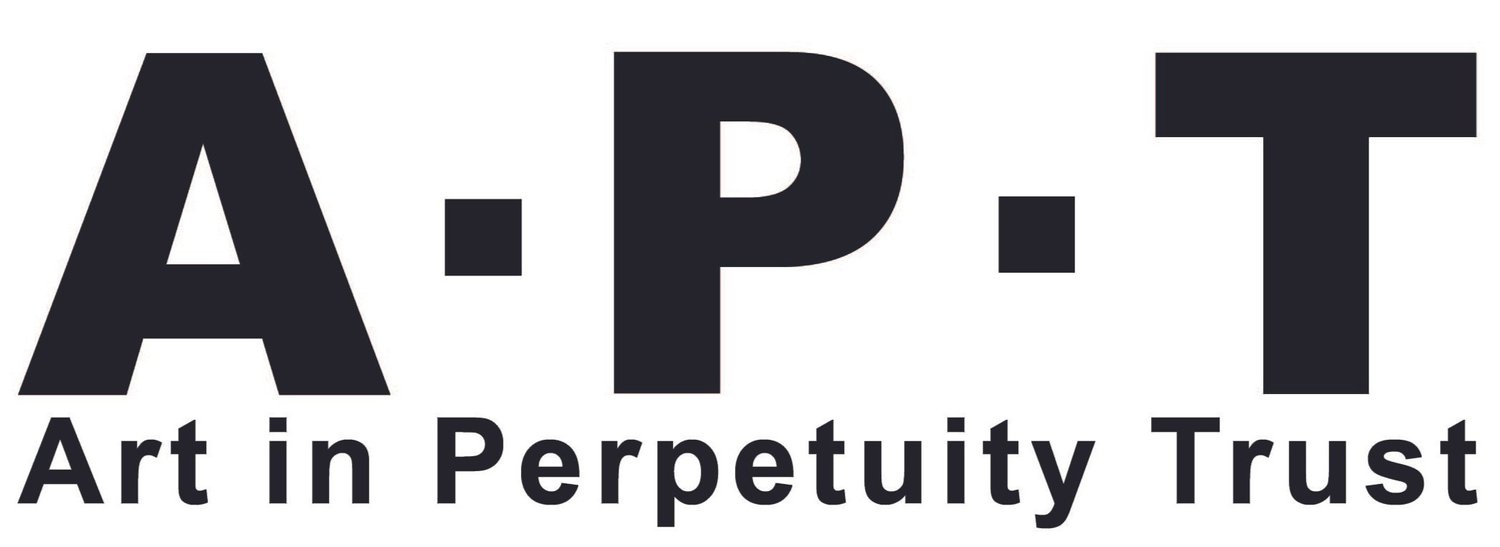Sept 2019: Two Films about Chris Killip with one about John Riddy
In September 2019, APT showed three films about the work of two great British photographers, Chris Killip and John Riddy as part of the education programme. The event was organised by Mali Morris and before the screening,John Riddy was in conversation with her about how much they both admire the work of Chris Killip, where they first met him, and how his photographs differ from those of Riddy’s own.
In Matthew Killip’s film, made this year, his father Chris speaks to camera at his home in Boston USA, for 50 mns, about his life and work during the 1980s, with photographic stills to illustrate each section. It was shown at The Martin Parr Foundation in Bristol earlier this year.
The short film Skinningrove 2013, 15 mns, by Michael Almereyda, is about a group of photographs Killip made in the fishing village of that name, in North Yorkshire; it won a prize for the best short documentary at the Sundance Festival in 2013.
The short film John Riddy, 2019, 13 mns, by Jeanne Van Der Horst was made to accompany a major retrospective of his work at the De Pont Museum in the Netherlands this year.
This was a fundraising event for the new education programme at APT.
CHRIS KILLIP
Chris Killip, born in Douglas, Isle of Man in 1946, is one of the most ground-breaking documentary photographers of the twentieth century. Inspired by Henri Cartier-Bresson, he photographed struggling communities and environments in the North East of England during the 1970s and 1980s. His many publications include Isle of Man (1960s) In Flagrante (1988), Seacoal (2011) and In Flagrante Two (2015).
In 1969, after seeing his very first exhibition of photography at the Museum of Modern Art in New York, he decided to return to photograph in the Isle of Man. He worked in his father's pub at night returning to London on occasion to print his work. On a return visit to the USA in 1971, Lee Witkin, the New York gallery owner, commissioned a limited edition portfolio of the Isle of Man work, paying for it in advance so that Killip could continue to photograph. In 1972, he received a commission from The Arts Council of Great Britain to photograph Huddersfield and Bury St Edmunds for the exhibition Two Views - Two Cities. In 1975, he moved to live in Newcastle-upon-Tyne on a two-year fellowship as the Northern Arts Photography Fellow. He was a founding member, exhibition curator and advisor of Side Gallery, Newcastle-upon-Tyne, as well as its director, from 1977-9. He continued to live in Newcastle and photographed throughout the North East of England, and from 1980-85 made occasional cover portraits for The London Review of Books. In 1989 he was commissioned by Pirelli UK to photograph the workforce at their tyre factory in Burton-on-Trent. In 1989 he received the Henri Cartier-Bresson Award and in 1991 was invited to be a Visiting Lecturer at the Department of Visual and Environmental Studies, Harvard University. In 1994 he was made a tenured professor and was department chair from 1994-98. He retired from Harvard in December 2017 and continues to live in the USA.
His work is featured in the permanent collections of major institutions such as the Museum of Modern Art, New York; George Eastman House; Fine Arts Museum of San Francisco; Museum Folkwang, Essen; the Stedelijk Museum, Amsterdam; National Gallery of Australia, Canberra; and the Victoria and Albert Museum, London.
‘Great photographers need determination not talent’ - an interview with Chris Killip in Huckmag.com 2017
Chris Killip at Tate Gallery
In the short film, "Skinningrove," 2013, Chris Killip tells personal stories about the people in his photographs. It was directed by Michael Almereyda.
Gordon and Chritch’s Cart, Seacoal Beach, Lynemouth, Northumberland 1982 © Chris Killip
Utrecht, 2004 © John Riddy, Collection of Stedelijk Museum Amsterdam
JOHN RIDDY
John Riddy was born in the United Kingdom in 1959. He studied Fine Art at Chelsea School of Art and began working with Frith Street Gallery (London) in 1993. One of the most distinctive voices in British contemporary photography, John Riddy has consistently worked in series, using methods and formats that allow for silent and complex descriptions. The particularities of place and the urban environment have been constant subjects, whilst the starting point for many of his series has been the relationship between photography and the history of art and architecture. Typically eclectic examples are the autobiography of John Ruskin, the woodblock prints of Hokusai and the photographs of Gustave le Gray.
A survey exhibition John Riddy: Photographs was held at the De Pont Museum in 2019. Solo exhibitions and publications include John Riddy at Camden Arts Centre (2000), Views from Shin Fuji at the Victoria and Albert Museum (2006), Of Things Placed (2015), Palermo (2013), and Low Relief (2009). Recent Group Exhibitions include Beyond Documentary at the Museum of London (2018); Sleepless at Belvedere 21er Haus, Vienna (2015); Ruin Lust at Tate, (2014) and Romantics at Tate, (2010). John Riddy: Photographs, a monograph presenting all of Riddy's major series, was published by Steidl in 2019. His work is held in numerous permanent collections including Tate, The Victoria and Albert Museum, The Stedelijk, The Art Institute of Chicago, De Pont, The RubelI Family Collection, The British Council Collection and The Arts Council of Great Britain.
In 2015, the Tate visited photographer John Riddy in his studio, as he talked about his series of works 'London'.
John Riddy at Frith Street Gallery


